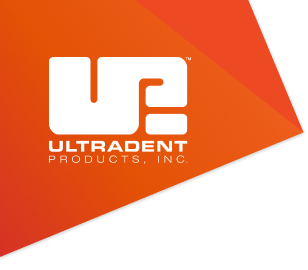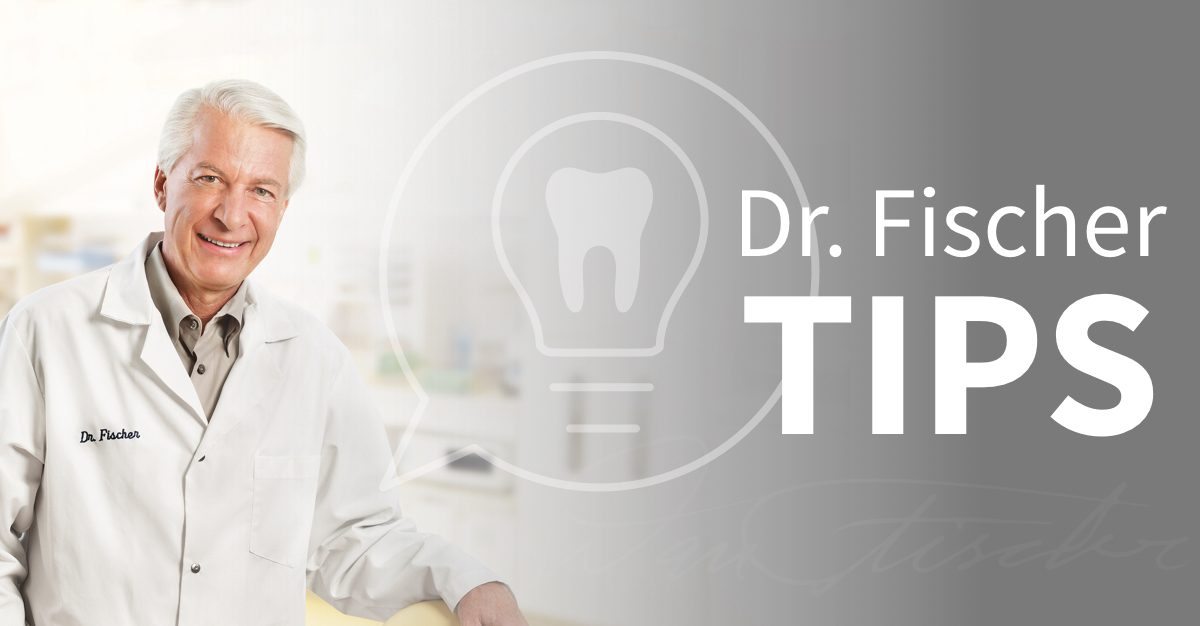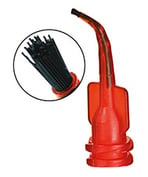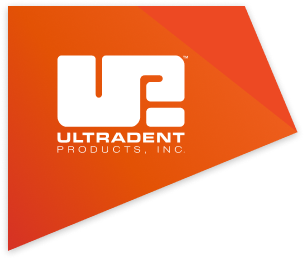Recently, I received a letter from Dr. David D. May, a dentist from Hemet, California, of which I would like to share a short extract with you: „I am a self-appointed Bondodontist“.
I use Ultra-EtchTM for all chairside treatments. It‘s just perfect - especially the viscosity. It can be applied wherever I need it, and it will stay in position until I rinse it off. Often I receive samples of competitor products from sales representatives. But when testing these materials, they either show an insufficient flowability or they are not available in a syringe.”
Dr. Michael Buonocore (sitting at the microscope), working in his lab.
Such letters prove that we have taken the right way. In a different practice tip I already talked about bonding options. However, forty years ago, Michael F. Buonocore, who discovered that composite filling materials adhere to etched enamel, laid the foundation for this topic. He might not have fully appreciated the significance of his discovery at that time, but thanks to his work he was called the Father of Adhesive Dentistry. Even today, the enamel etching technique, for which Buonocore pioneered, is still commonplace. In addition, we learned how important it is to also etch dentin in order to achieve a high-quality adhesive bond.
Phosphoric acid has passed the test
Etching is a key factor in achieving high-quality bonding results. Therefore, we at Ultradent Products have spent years experimenting with various etchants and testing them with the objective to find a truly high-quality etchant. Over the years,we recognized that numerous acids could be used to condition dentin with moderate to satisfactory success. But we always returned to the phosphoric acid, as it creates the best retentive surface on enamel. In addition to finding the right acid, we tested how much time an etching process should preferably take. We discovered that long etching times are not necessary at all. An exposure to phosphoric acid for only 15 seconds on cut dentin and 30 seconds on uncut dentin provides an adequate conditioning of dentin and enamel to prepare the surfaces for the use of a hydrophilic bonding resin, such as PeakTM Universal Bond adhesive, and to create a stable adhesive bond.
The consistency as an essential element for a proper application
When we started to work with the acid-etching technique, we used phosphoric acid in a liquid form. Many dentists still use this today. On the one hand, it is easy to cover the preparation comprehensively with a liquid and to penetrate every corner and angle. But on the other hand, it is quite hard to control. This was our main challenge: an etching agent should remain exactly where it is applied, but it also should penetrate into the smallest fissures—especially in terms of fissure sealing. Although the etchant should cover the tooth structure effectively, the user should be able to clean it and to rinse it off easily and quickly.
Ultra-EtchTM etchant combines a lot of advantages
Finally, we were able to meet the requirements and also avoid overetching. Ultra-Etch etchant is a 35% phosphoric acid gel, whereby the finest silicon dioxide particles set the consistency. It should be viscous enough to provide sufficient stability, but it should not flow away, even on vertical surfaces. Another positive effect is the self-limitation on the dentin, where it works only to a depth of about 1.9 microns to open dentin tubules and expose collagen fibers; even if the recommended etching time of 15 seconds is exceeded. Up to this depth, a hydrophilic bonding resin can penetrate the prepared tooth structure well and thus create an optimal bonding situation. Other etching agents in comparable concentrations will etch up to six times this depth! This can cause so-called etching gaps which can result in weak bonding strengths and sensitivity. Using Ultra-Etch etchant, these issues can be avoided successfully.
Ultra-Etch etchant in a syringe, here with a Blue MicroTM Tip. The ideal application form.
Application: Syringes with special cannulas
You might know how much I appreciate syringe application, especially when working with Ultra-Etch etchant. Using a Blue MicroTM Tip (cannula diameter only 0.5 mm), I can apply the material precisely and with control—both on small surfaces and on very fine lines. For larger surfaces or fissures I prefer the InspiralTM Brush Tip. This tip reduces the viscosity of the gel so it can be dispensed easily and penetrate into narrow fissures. In addition, Ultra-Etch etchant contains a tiny amount of wetting agent, which facilitates the coverage of the surface and complete rinsing of the etchant after the treatment.
The Inspiral Brush Tip is ideal for the application of Ultra-Etch etchant on larger surfaces and in fissures.
Try it out!
If you work with the total-etch technique, and many dentists do, you should definitely try Ultra-Etch etchant. The consistency, the blue color, the handy syringe, the ideally assorted tips, and the residue-free rinsing are advantages that will quickly be convincing. But don’t forget an important hidden advantage—the self-limitation on the dentin, which ensures optimal bonding results.
I am always pleased to hear from other dentists that they literally cannot live without this material.
Best regards,
![]()
Dan Fischer
About Dr. Fischer
Dr. Dan Fischer is the founder and CEO of Ultradent Products, Inc., a leading dental manufacturer of high-tech dental materials, devices, and instruments with a 40-year history of innovation and quality. Its products are used worldwide by dentists, orthodontists, group practices, dental labs, government agencies, and universities. Ultradent Products’ vision is to improve oral health globally. For more information visit ultradent.com/eu.











